 The following is an excerpt from my book How To Write A Novel: The Fundamentals of Fiction, Chapter 8:
The following is an excerpt from my book How To Write A Novel: The Fundamentals of Fiction, Chapter 8:
For the past month I have been covering Suspense and Pacing Techniques for writing. Today, we wrap it up with final techniques for Slower Moments and Narrative Pacing. For reference and context both, my previous posts in this series are as follows:
Dialogue and Pacing: Tips To Keep It Moving
Techniques For Creating Suspense
Handling Pacing in Writing Action
Slower Moments
In between the more action driven scenes, you will need moments that build characters, set up conflict, and even show confrontations and events leading up to the action. Some of these may be quiet, reflective moments, some will have a different intensity. But the trick is to create a flow that lets us breathe, gather our thoughts, and regroup a bit before more action.
Earlier we talked about flashbacks for building suspense, but as I said, they can also slow things down. If a character breaks the current tension and timeline to go back and recall a key moment from their past, it can ease the pace a bit. The important thing is to make the flashbacks matter by providing key information about characters and their motives or relationships or both, while still not making the scenes too long or slow. You don’t want to stop the story dead, you just want to let up on the adrenaline a bit while still moving forward the story. Flashback scenes still need to be written in media res so they are as tight and focused around conflict as any other scene, but when used to break the pace, they can be less action and more conversational, with characters arguing or discussing points of disagreement or even replaying key moments from their past that have stayed with them, motivating the action and decisions they are making in the present timeline. I’m sure we can all think of examples, so I’ll skip that here, and move on to other options.
Love scenes, planning scenes where the characters compare notes or discuss strategy, meal gatherings, evidence gathering, interrogation, searches, even expositional moments can all can serve the purpose of slowing down the pace in your story. They still need conflict, and they still need to provide information that advances the story, but not every moment has to be high drama. Write these scenes using the tension methods discussed earlier in the chapter and insert them in between your high action scenes, and you will create a nice flow and rhythm that builds into an ascending arc through the Mid-Point and then allows for the descent to the climax in the second half, just the right structure. It takes practice, as they say, but you can see how this works in your reading if you pay attention. Then imitate it in your own work. That’s how we all learn.
Another trick is to use humor. An anecdote or humorous banter or even a slightly comedic scene can break up the tension and pace just right to allow readers to regroup for more.
 Narrative Pacing
Narrative Pacing
Most writers learn to look at writing scenes and stories like planning a race. And to win a race, you need the right pace and rhythm. There are ups and downs, sprints and jogs, and slow scenes are your downs and jogs, not sprints, but that doesn’t mean they don’t have to move. The key, of course, as already discussed, is maintaining tension. As long as the story is moving forward and story questions are coming up, even slower scenes will feel like they move. Much of this comes down to narrative pacing.
Keeping excitement high doesn’t just mean action. What it means is keeping it relevant and interesting. As discussed before, as long as descriptive passages, exposition, and character moments are still providing information that readers want to know and feel advances the story, the pace continues to move. Narrative takes up a lot of space in any novel, and many novels have action unfolding at a steady climb throughout until big crises of action occur. William Noble defines narrative pacing as “pacing without dialogue shifts or quick scene cuts or sharp point-of-view changes.” It won’t work over the long haul, but in short sections, as long as we know the action and suspense are leading somewhere, narrative pacing keeps your story moving while still giving readers breathers in between tense moments of crisis.
Noble writes: “narrative pacing works because we show what is happening; we are moving the story forward using description, anecdotes, and character development. As we depict what happens, we keep our readers involved because the story continues to unfold and the action and suspense grow taut, until we reach that crisis or turning point.” A slow build can be very satisfying; often far more satisfying than a breathless race. The trick is to create flow of movement. Narrative pacing works best, Noble suggests, when it opens a story or chapter, lasts several pages, builds to a crisis, keeps the story moving, and develops conflict early and keeps it pulsing.
Mixing It Up
Dialogue tends to move more quickly than description and exposition, so when constructing a story, writers learn to pay attention to the impact dialogue has on pace. Sometimes you need some background and information to understand character’s motives and decisions. And other times you need a conversation as they gather information, debate options, and confront others. Then they must take action. This pattern will repeat time and again in your novel and should. Well-paced novels have pages with a mix of sentence and paragraph lengths on most pages. You can just look at them and tell where the slow spots and fast spots are. Much of this is intuitive, but when you are learning, paying attention to varying sentence and paragraph lengths is important training. Keep those descriptive and expository passages broken into shorter chunks and multiple paragraphs, so the story feels like it moves. Every paragraph break and page turn feels like progress to a reader, so constructing your story with such movement in mind is essential to a well-paced experience.
As you write, description, action, exposition, and dialogue will become intermixed. Sometimes you will have a page or half-page of description before a single line of dialogue, then some exposition and action before the next line of dialogue. Other times, dialogue will move quickly, only occasionally interrupted by bits of exposition or description or action. As long as all of these parts have tension and conflict flowing beneath the surface to drive them, all will be well. This is why I spent so much time talking about creating tension at the beginning of this chapter. If you find a scene feeling static, with characters repeating themselves or chit chatting and saying nothing that moves the story forward, trim, trim, trim. Every word must count. Every moment must move. If it doesn’t, your novel will big filled with bog-like potholes that stop it dead and force readers to slog onward, risking their loss of interest.
Transitions and scene breaks can also help pacing because both cut away from the action and crisis long enough to allow a shift. Noble writes: “the scene change can cause a variation in the level of action and suspense and generate a continuing interest in what’s happening. Without the change of pace, the reader will grow weary and turn away.” Cliffhangers are a great way to build suspense. They leave us hanging, wanting more, anxious to find out what happens next. But cliffhangers make bad transitions and scene changes if used too often. They are most effective when use for effect, especially when breaking up action scenes to intersperse with other important moments—such as when two sets of characters are involved in different confrontations or actions at the same time—or to end chapters and keep us reading. Otherwise, transitions and scene changes should feel natural and make sense. We need to feel one scene or chapter coming to a natural close before we switch to a new one. This doesn’t have to involve long, drawn out narrative passages. It can be a few sentences or a line of dialogue or action or two. What we need is that sense of conclusion to the present scene or chapter.
A lot of what we are talking about here is learning on instinct. You read and absorb how it plays out in other books, then learn to imitate and apply it to your own. It is not easy to teach, and for some, it will not be easy to learn. But it really becomes instinct with time, or needs to. Your mind will create the right combinations as you go, and you will teach and hone them in editing and revision to get just the right flow. For most authors, that is how pacing works, and that’s probably how it will work for you.


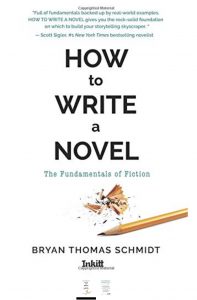


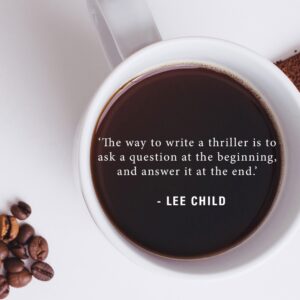
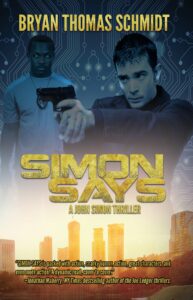
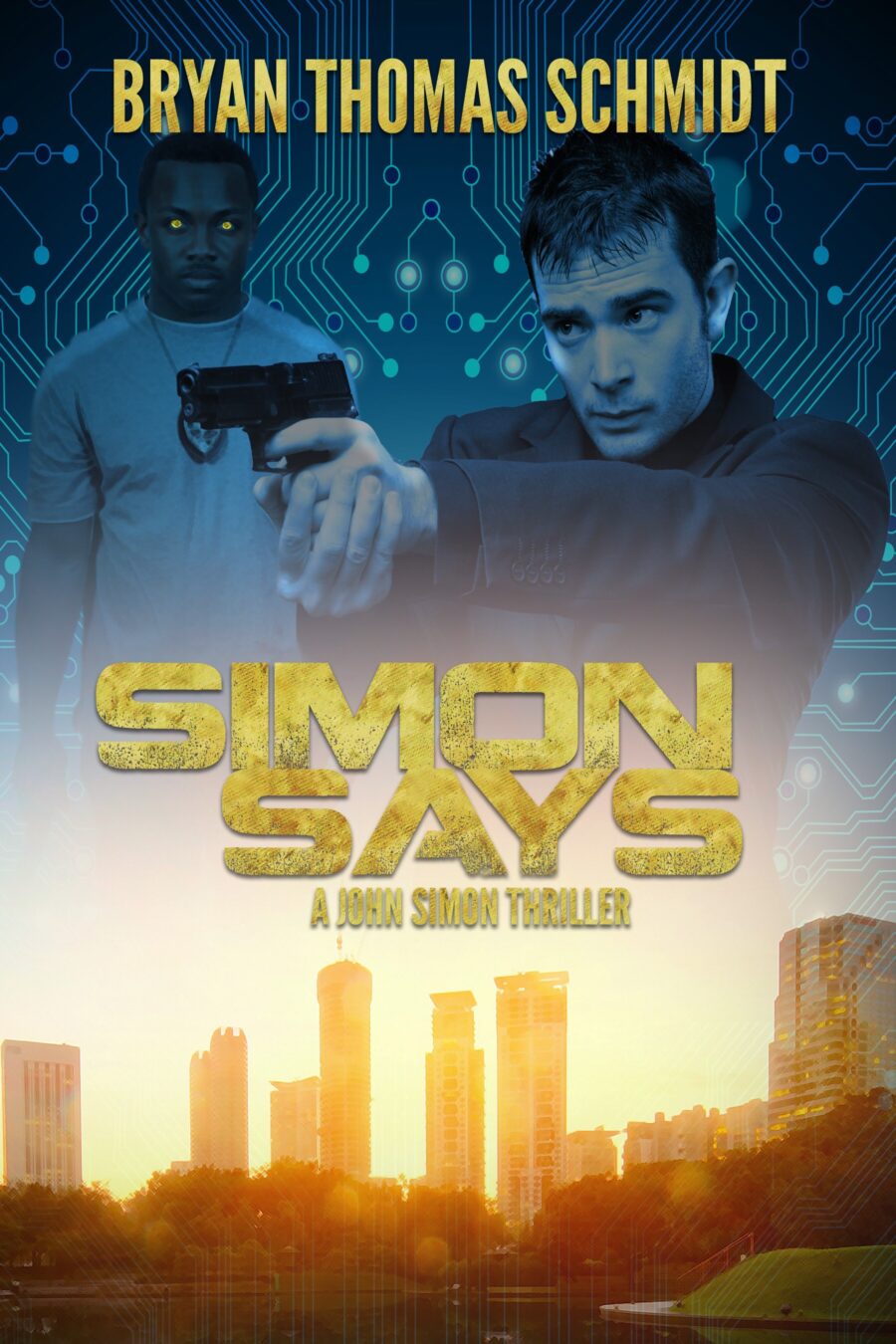 ["I function ninety percent like a human being in most respects," Lucas said as they continued up the stairs.
"Yeah, and at least ten percent is how you talk," Simon teased.
Lucas turned a puzzled look at him. "You think I do not speak like a human?"
"No normal human uses the cadence you use, no," Simon said.
Lucas looked disappointed. "Well, I hope you will assist me to do better. I am designed to blend in with humans and wish to learn."
"You want to blend stop saying things like 'in most respects' or 'I am designed,'" Simon said, shaking his head. "You sound like a machine."
Lucas hrmphed. "I will remember."
["I function ninety percent like a human being in most respects," Lucas said as they continued up the stairs.
"Yeah, and at least ten percent is how you talk," Simon teased.
Lucas turned a puzzled look at him. "You think I do not speak like a human?"
"No normal human uses the cadence you use, no," Simon said.
Lucas looked disappointed. "Well, I hope you will assist me to do better. I am designed to blend in with humans and wish to learn."
"You want to blend stop saying things like 'in most respects' or 'I am designed,'" Simon said, shaking his head. "You sound like a machine."
Lucas hrmphed. "I will remember." 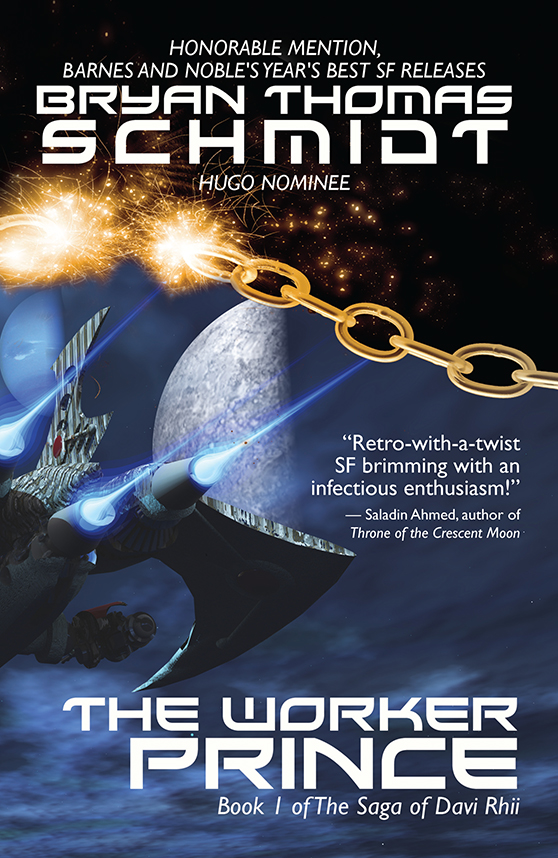 Here’s an example from my novel The Worker Prince:
Here’s an example from my novel The Worker Prince: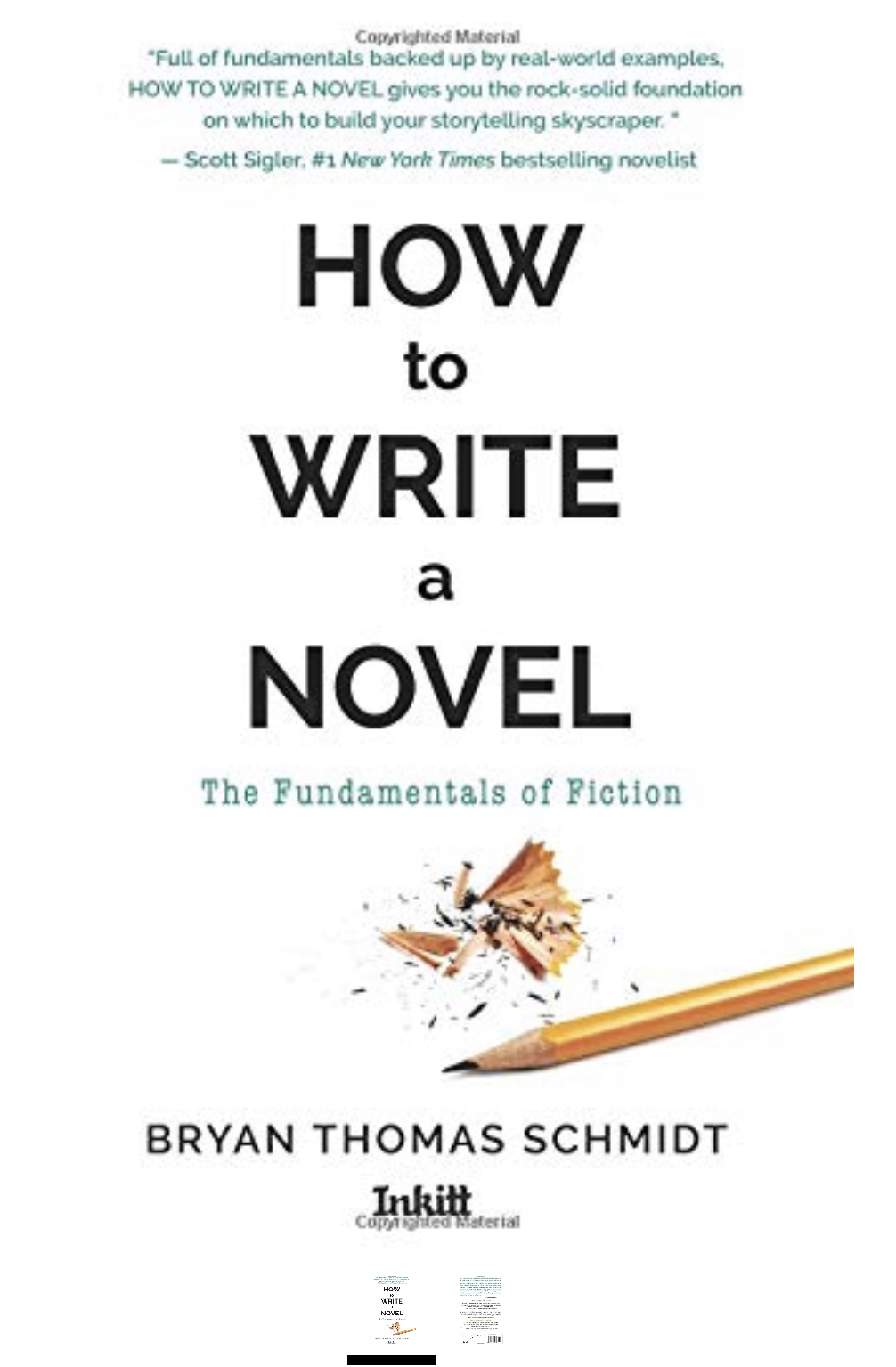 Remember that characters may speak differently to one character than another depending upon their relationship, their motives, etc. If hanging with old friends from the old ghetto, one may slip into a dialect left behind in childhood for those interactions even if the character usually speaks in a more refined way with characters outside that world and life. Ever have a friend from a foreign country or the U.S. Deep South who talks with one accent with you but goes home and slips back into a native accent? People speak to a lover different than a mother or a sister or a boss or a priest. One also speaks differently to a king or ruler than a fellow citizen and often to a teacher than fellow students, and so on. So remember to establish changes in dialogue appropriate to the circumstances in which the dialogue is occurring and who and to whom the characters are speaking. This will make your world come alive and feel realistic.
Remember that characters may speak differently to one character than another depending upon their relationship, their motives, etc. If hanging with old friends from the old ghetto, one may slip into a dialect left behind in childhood for those interactions even if the character usually speaks in a more refined way with characters outside that world and life. Ever have a friend from a foreign country or the U.S. Deep South who talks with one accent with you but goes home and slips back into a native accent? People speak to a lover different than a mother or a sister or a boss or a priest. One also speaks differently to a king or ruler than a fellow citizen and often to a teacher than fellow students, and so on. So remember to establish changes in dialogue appropriate to the circumstances in which the dialogue is occurring and who and to whom the characters are speaking. This will make your world come alive and feel realistic.